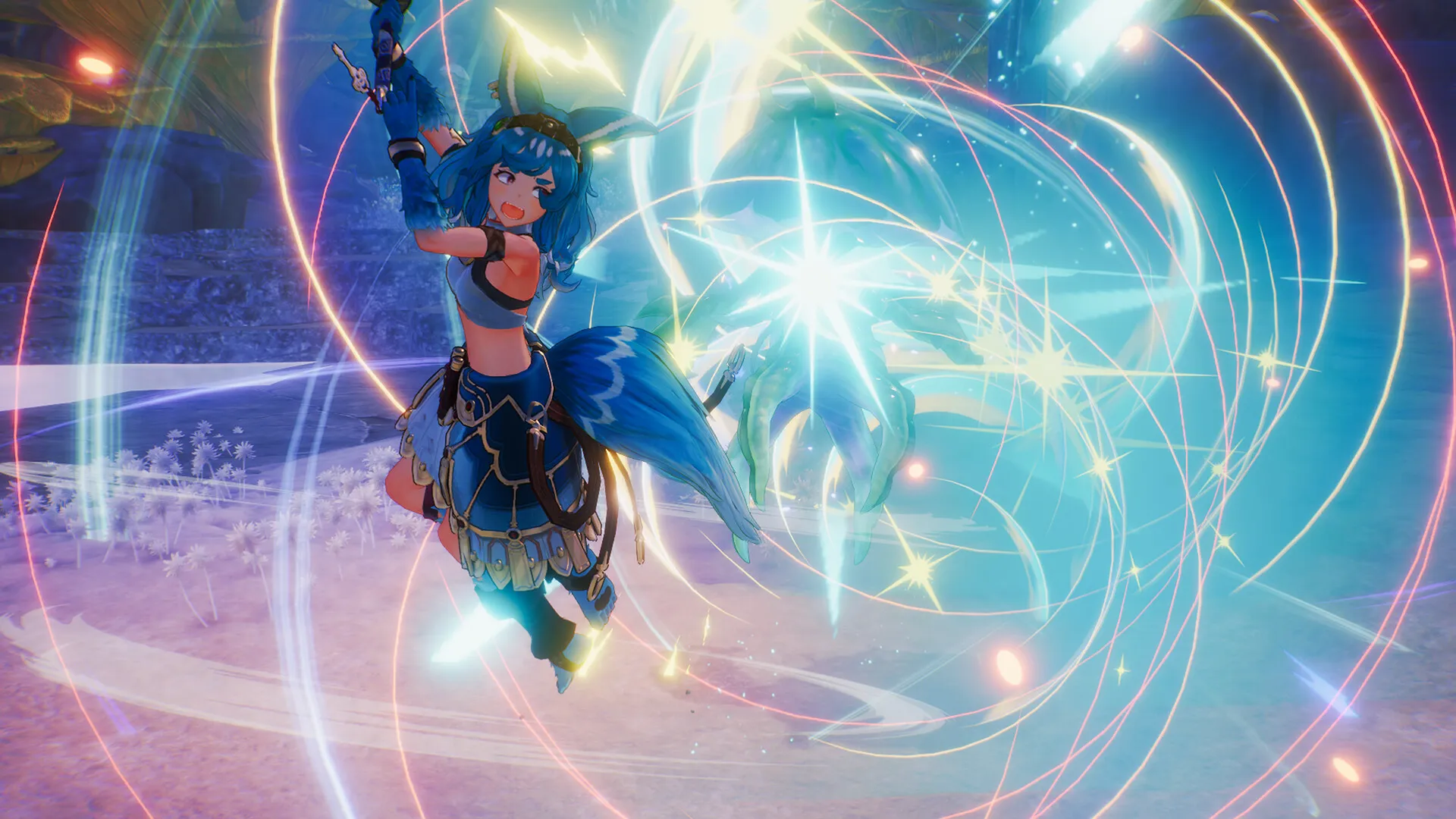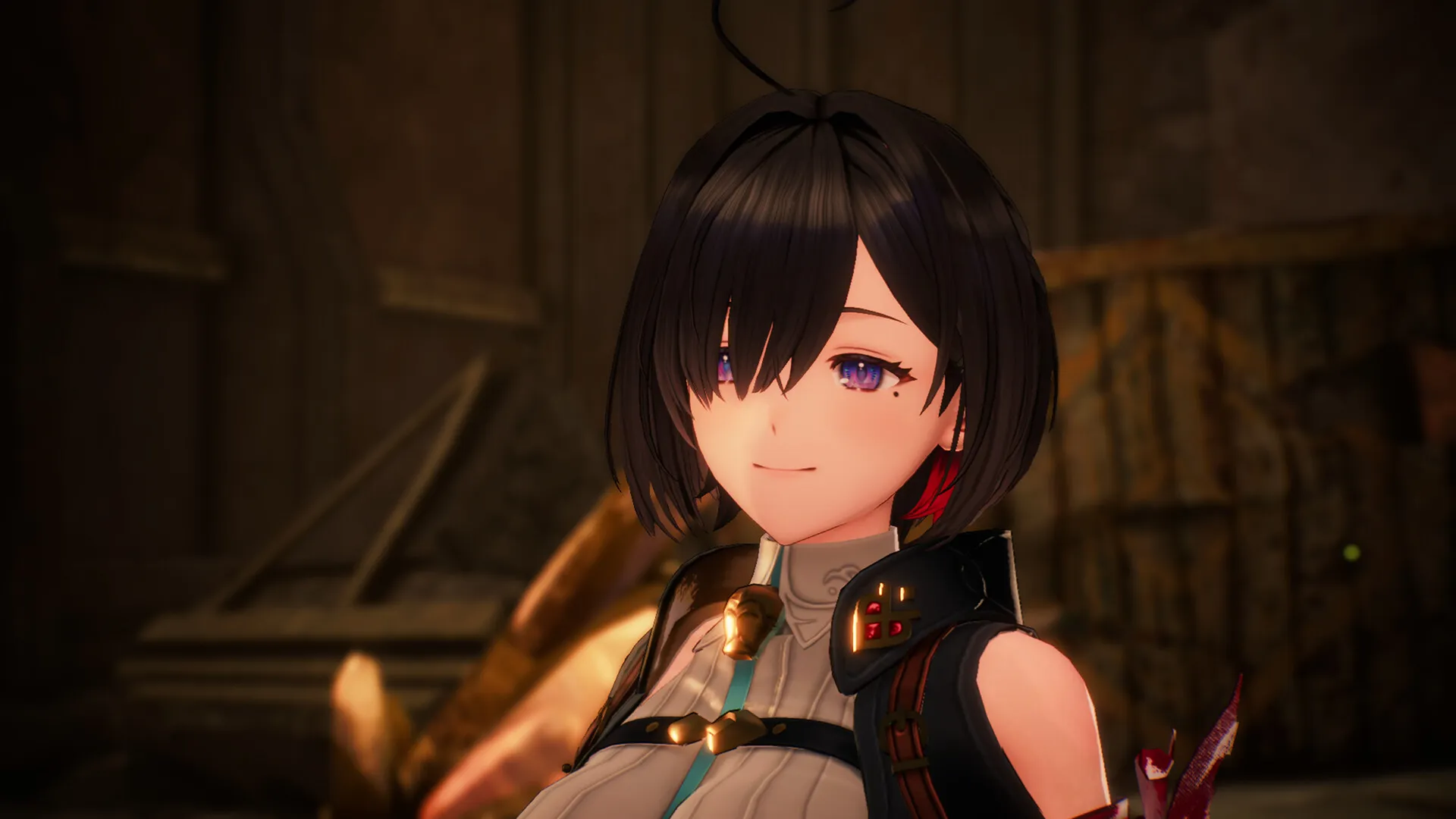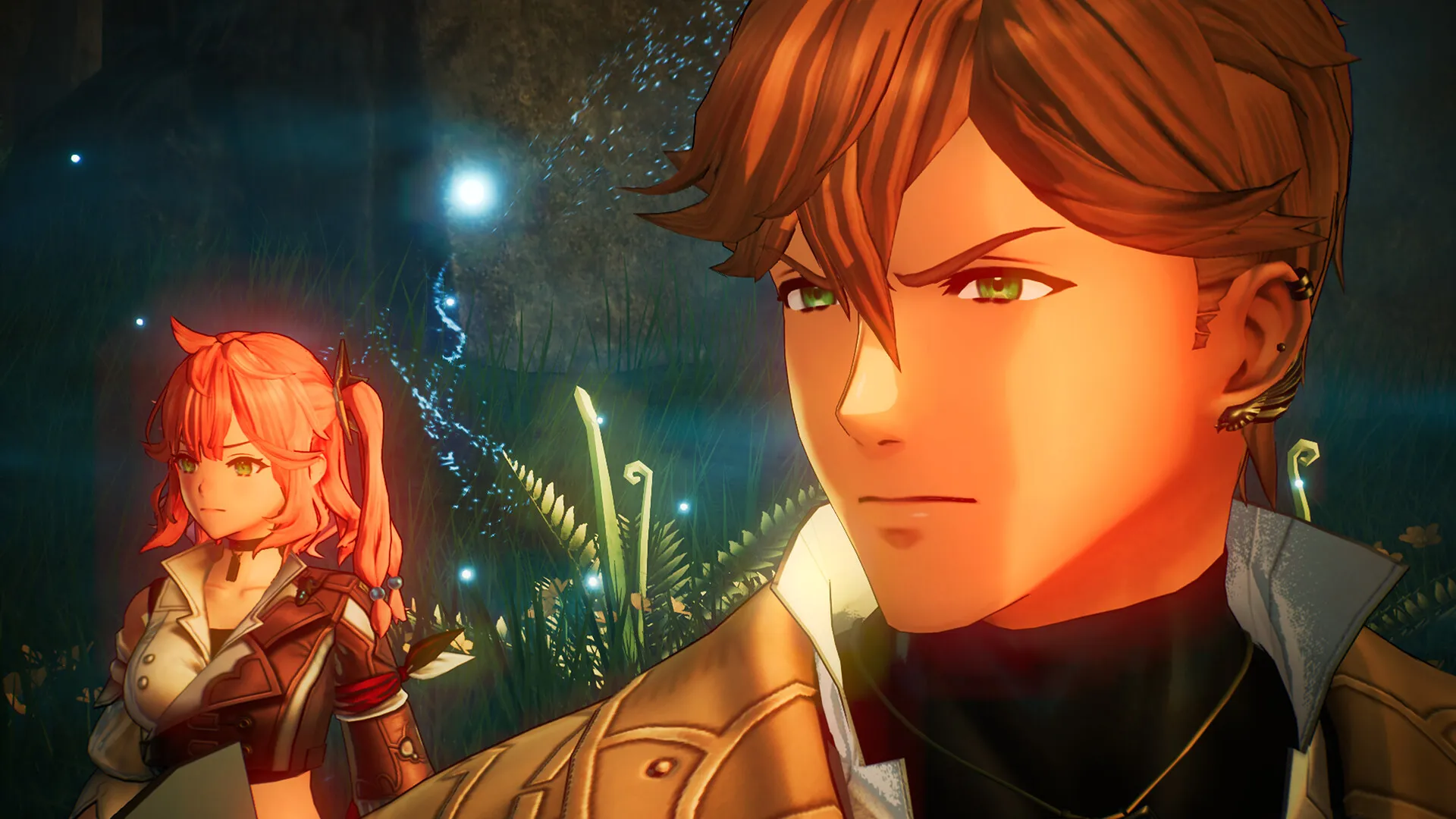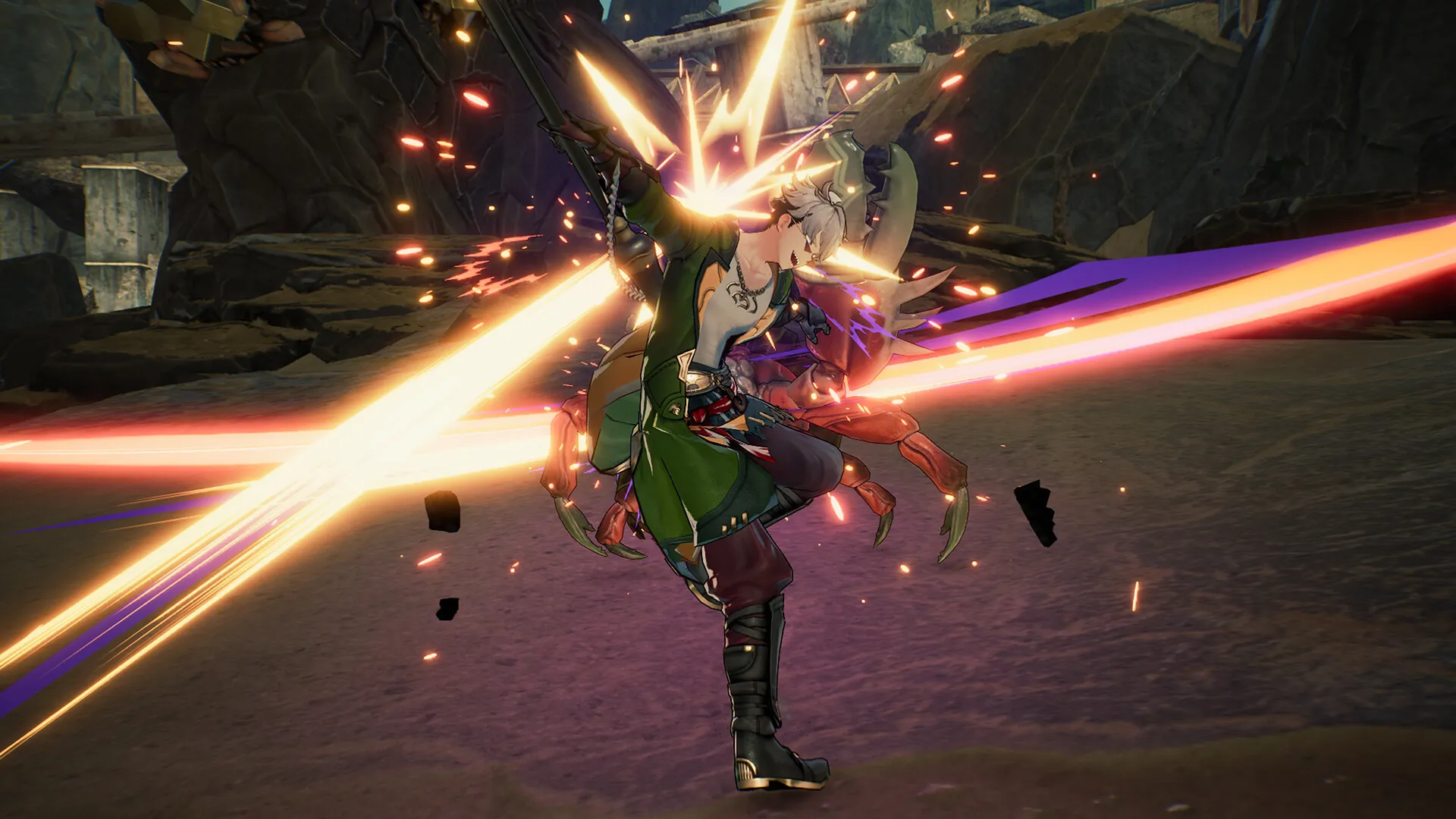Atelier Yumia sets its stage in a world where the ancient craft of alchemy is shunned. The remnants of the fallen Aladissian Empire provide a backdrop marked by crumbling monuments and silent relics, evoking a past when art and knowledge were revered.
Yumia Liessfeldt emerges as an uncommon protagonist—a skilled alchemist whose multifunctional staff serves both as a traditional tool and a ranged weapon. Her personal history and resolve to reclaim lost lore infuse the narrative with a distinct sense of purpose.
The storytelling carries a tone that blends somber themes with lighthearted moments, inviting players to experience a tale steeped in history and human resilience. Choices in the game have weight, with decisions shaping how the narrative unfolds and affecting the emotional stakes of each encounter.
Game systems and story elements are intertwined seamlessly. Combat requires precise timing and coordinated actions, demanding that players remain attentive to shifting situations. The synthesis process is detailed, offering a satisfying reward for careful experimentation.
Expansive exploration coupled with base-building mechanics reinforces a tangible feeling of progress. Comparisons with other titles in the RPG and indie spaces reveal strengths in integrating gameplay with narrative while also spotlighting areas that may benefit from further refinement.
The Echoes of Forbidden Knowledge
Yumia’s tale unfolds in a setting where alchemy, once a celebrated art, now stands condemned. The ruins of the Aladissian Empire serve as a constant reminder of a past defined by both brilliance and catastrophe.
As Yumia digs into the mystery behind a practice held responsible for ancient calamity, her path splits between a search for lost teachings and a personal quest to understand her own identity. Each decision alters her interactions with a cast of characters whose personal histories are deeply entwined with the secrets scattered across the land.
The narrative interlaces moments of personal loss with instances where alliances form slowly among a cautious research team. In critical sequences, Yumia faces challenges that test her ability to weigh risk against reward; every choice carries consequences that modify the unfolding story.
The game presents a spectrum of emotions, oscillating between hope and despair as characters strive to redefine a legacy built on shattered ideals. The atmosphere carries a somber tone that shifts when unexpected humor surfaces, keeping the experience engaging without resorting to a conventional light touch.
The backdrop is filled with remnants of a once-great empire—forgotten monuments, cryptic relics, and hidden stories that enrich the environments. Exploration feels like piecing together a historical puzzle, with each new discovery sparking further questions about the past.
Key narrative moments, such as the impact of Yumia’s personal grief or sudden twists that challenge her beliefs, integrate smoothly with gameplay. Combat encounters and item creation sequences are not isolated events but are woven into the narrative fabric, ensuring that every decision and discovery leaves a tangible imprint on the world and its characters.
Mechanical Harmony
The combat system abandons traditional turn-based tactics for a setup that combines immediate action with planned cooldown management. In the ring-based arena, players must coordinate positioning, dodging, and timing.
Attacks are assigned to face buttons, allowing for a mix of quick strikes and deliberate, timed abilities. Special moves such as Mana Surges add a layer of strategy by temporarily granting stronger attacks.
Notably, alchemy items are used as battle skills; players create and customize these items to suit different combat situations, turning the synthesis process into an active component during fights.
The synthesis and alchemy system transforms item creation into an engaging, mini-challenge experience. Players arrange ingredients around a central core, with overlapping resonance circles affecting the final attributes of the crafted item.
Early recipes introduce a straightforward process, but as the game progresses, crafting becomes more demanding, requiring players to adjust their input to optimize outcomes. For those who prefer a more streamlined experience, an auto-synthesis option handles bulk creation while reducing the chance for high customization.
In addition to combat and crafting, base building offers a flexible system for creating a personal atelier. The build menu gives full control over where to place structures, decorations, and resource nodes.
This freedom allows for a highly personalized home base that supports exploration and resource collection. The interplay between base building and other systems encourages players to think about long-term resource management and design, making the atelier not just a hub but a strategic asset.
The difficulty settings cater to a wide range of player preferences. The default mode may seem easy for experienced players, yet higher difficulties inject a greater challenge into combat, prompting more careful planning and coordination.
This balance keeps the game accessible for newcomers while providing a more demanding experience for those who have mastered previous entries in the series.
Each system interacts with the others to form a cohesive experience that rewards planning and creativity. Whether mastering the ring-based combat, fine-tuning recipes in synthesis, or designing a strategic base, players encounter a layered experience that integrates practical choices with narrative weight.
Uncharted Realms and Side Ventures
The game offers a vast world filled with a mix of natural settings and man-made hubs. Expansive forests, barren deserts, and crumbling relics share space with thoughtfully arranged settlements that serve as player bases. The result is a layered environment that feels detailed and immersive.
Players move through these areas with great freedom. On foot, movement is smooth and effortless, featuring parkour-like agility that makes crossing diverse terrain enjoyable.
A standout addition is an alchemy-powered motorcycle, which provides quick travel across challenging landscapes. This level of freedom encourages venturing off the central path to uncover concealed sites, a trait seen in some notable indie and RPG titles that prize rewarding discovery.
Hidden throughout the map are secret shrines, intricate ruins filled with puzzles, and discreet chambers that challenge players with mini-tasks reminiscent of popular action-adventure experiences. Collecting rare ingredients and other resources is an integral part of the gameplay, feeding directly into the synthesis system and adding purpose to every exploratory effort.
A range of quests enriches the game’s fabric. Planned side missions—from shrine puzzles to skirmishes with localized enemy groups—drive progress within different regions. Occasional random encounters appear as well; while these can feel repetitive at times, they offer opportunities for extra rewards and moments of brief diversion.
Exploring new areas unlocks additional sites for constructing and personalizing one’s own workshop. These new locations encourage strategic planning in resource management and base design.
Optional challenges, known as Pioneering Effort tasks, call on players to search off well-worn tracks for bonus unlocks and rewards. Each of these elements works together, encouraging both careful planning and spontaneous discovery.
Aesthetic and Technical Craftsmanship
The visual design offers a clear, modern look that respects the series’ classic charm. Character models and environment designs carry a style that is crisp and engaging, while the user interface remains clear and simple.
Ruined structures, diverse landscapes, and distinctive architectural elements work together to create an atmosphere filled with mystery and historical weight.
In terms of graphics, texture detail sometimes suffers from pop-in and frame rate drops, particularly on less powerful hardware like the Switch. Players can choose a performance mode that prioritizes smoother action over image sharpness, a setting that will be familiar to those who have experienced similar trade-offs in other RPGs.
The soundscape reinforces the mood with a carefully composed musical score and ambient effects that heighten the setting’s mood. The Japanese voice acting is strong and complements the detailed subtitles provided, which helps maintain immersion despite the lack of an English voice track.
Technical hiccups, such as occasional stutters or slight audio issues, occur intermittently but do not detract significantly from the experience. This blend of careful artistic design and practical technical choices contributes to an engaging presentation that balances artistic ambition with the limitations of current hardware.
Intertwined Fates: The Character Dynamics
Yumia Liessfeldt stands out as a protagonist defined by hardship and resilience. As the sole surviving alchemist in a society that rejects her craft, she carries a weight of personal loss that fuels her search for identity and purpose.
Her background paints a picture of isolation mixed with determination, making her actions feel grounded and genuine. The choice to equip a hybrid staff that functions as a rifle underscores her modern approach to overcoming obstacles, reflecting both practicality and flair.
The cast that joins Yumia enriches the narrative with their distinct abilities and personalities. Each companion contributes a unique skill set to the team’s endeavors, whether in close-quarters clashes or navigating treacherous ruins.
Their varied backgrounds offer layers of depth to the story, allowing moments where personal growth and teamwork shape the course of events. Interactions among the group evolve through shared challenges and occasional disagreements, highlighting trust-building and the impact of collective decision-making.
In battle, party members serve specific roles that complement one another. Players can adjust these roles to match different combat scenarios, ensuring that each fight demands strategic adjustments.
The progression of characters through skill upgrades and narrative arcs keeps the experience fresh and rewarding. This system of development encourages players to invest emotionally in each character, creating meaningful ties that can inspire multiple playthroughs in search of alternate outcomes and combat styles.
The Review
Atelier Yumia: The Alchemist of Memories & the Envisioned Land
Atelier Yumia presents an engaging narrative paired with inventive gameplay that reimagines its series legacy while retaining familiar elements. Occasional technical issues and lower performance on some systems contrast with its rich world design and thoughtful character progression. The interplay of combat, exploration, and synthesis offers a rewarding experience for casual and dedicated players alike.
PROS
- Engaging narrative woven with innovative gameplay.
- Immersive open-world with diverse environments.
- Deep combat and synthesis systems offering strategic customization.
CONS
- Occasional technical issues and performance drops.
- Some quests feel repetitive or underdeveloped.




















































